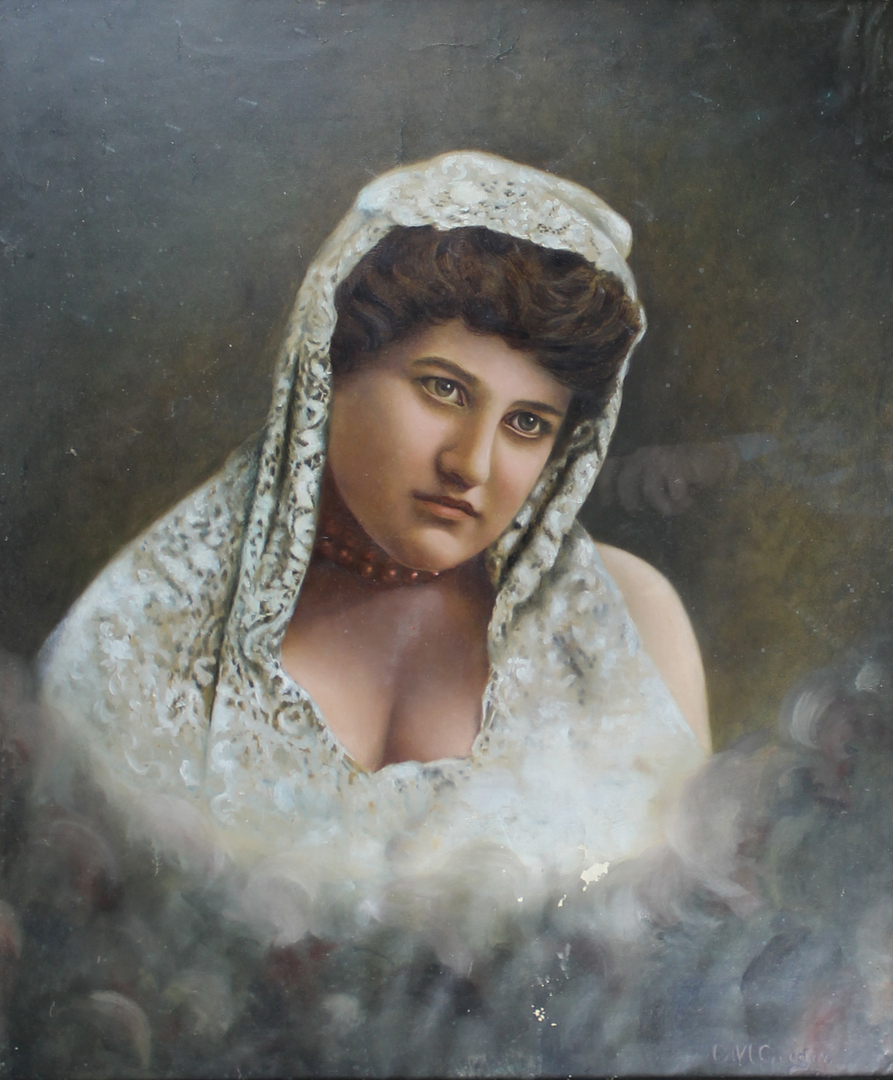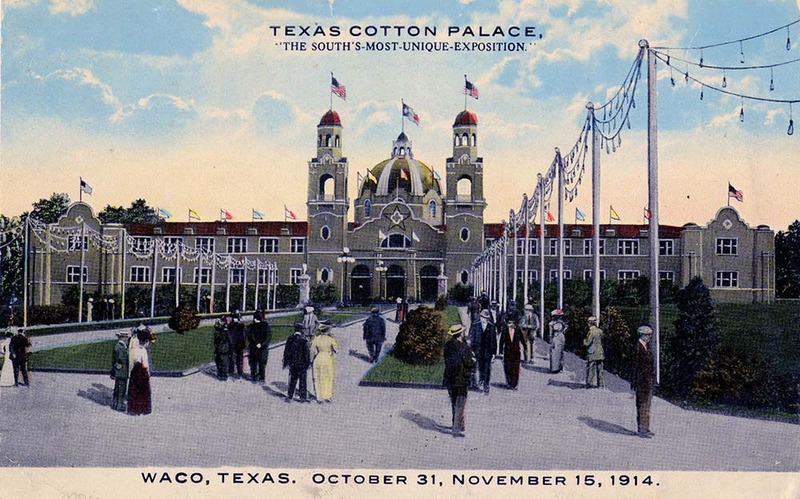The Reservation | Waco History
Though not uncommon to late nineteenth-and early twentieth-century cities, red-light districts were regarded as areas of ill repute where madams and prostitutes worked outside the law. Yet in 1889, Waco—a city lauded for its multitude of educational institutions and churches—became only the second city in the United States to legalize such an area. This district, known as the Reservation, or sometimes as Two-Street, brought in thousands of dollars of revenue to the city while serving as a...| Waco History


